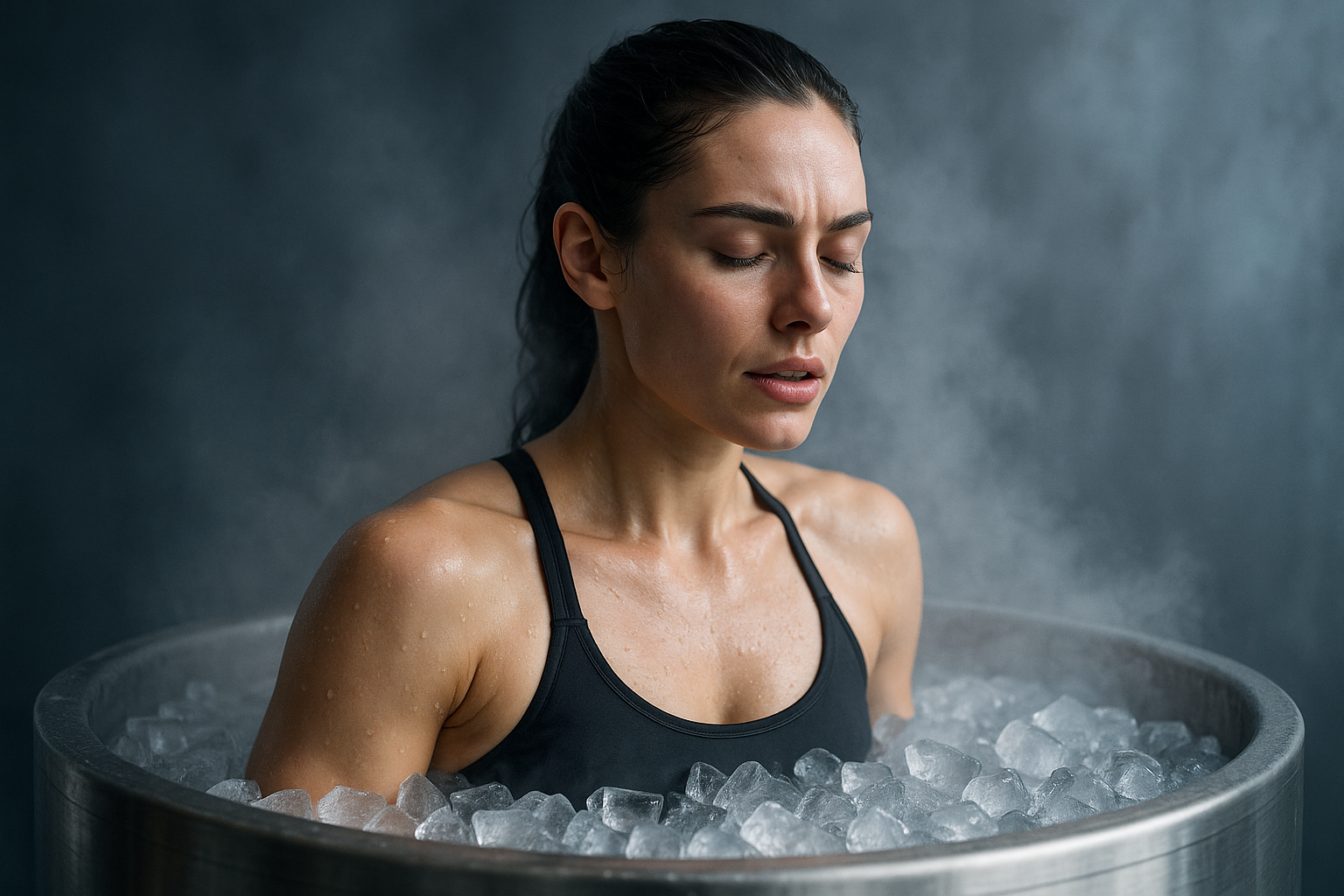The Beauty and Fitness of Cold Exposure: A Refreshing Dive into Cryotherapy
The modern beauty and fitness industry is continually evolving, with new trends and practices emerging regularly. One such practice that has been gaining noticeable traction is cryotherapy, a technique involving the use of low temperatures for health benefits. Despite its relatively recent popularity, the use of cold for therapeutic purposes has a deep-rooted history. This article explores the background, current trends, and potential impacts of this intriguing wellness practice.

The Frosty History of Cold Therapy
The therapeutic application of cold temperatures can be traced back to ancient civilizations. The Egyptians, Greeks, and Romans used cold therapy to treat a variety of ailments. Fast forward to the 19th century, when the father of modern pathology, Rudolf Virchow, coined the term ‘cryotherapy’, from the Greek words ‘cryo’ meaning ‘cold’, and ‘therapy’ meaning ‘cure’. Over the years, the use of cold therapy has evolved, leading to the development of whole body cryotherapy (WBC) in the late 20th century.
The Current Climate: Cryotherapy Trends
Today, cryotherapy has become a coveted trend in the beauty and fitness industry. Salons, spas, and fitness centers worldwide offer this service, and celebrities and athletes vocally advocate for its benefits. Cryotherapy sessions generally involve the exposure of the entire body to extremely low temperatures (as low as -240 degrees Fahrenheit) for a short period (typically two to three minutes).
The Icy Impact: Benefits and Relevance
Cryotherapy’s popularity in the wellness sector stems from its potential benefits. These include reduced inflammation, increased metabolism, improved skin health, enhanced mood, and faster recovery from physical exertion. While scientific research on these benefits is ongoing, many users and wellness experts vouch for cryotherapy’s positive effects.
The Cold Hard Facts: Expert Analysis and Evidence
A review in the Cochrane Database of Systematic Reviews found evidence supporting the use of cryotherapy for relieving muscle pain and speeding up recovery. Similarly, a study in the Journal of Clinical & Experimental Dermatology Research suggested that cryotherapy could boost skin health by promoting collagen production.
However, it’s important to remember that while these studies are promising, more extensive research is needed to conclusively establish the benefits and potential risks of cryotherapy.
The Chilly Future: Cryotherapy’s Potential Impact
As the wellness industry continues to grow and evolve, cryotherapy is poised to maintain its frosty grip on market trends. Considering the positive initial research and the interest from celebrities and athletes, it’s likely that cryotherapy will continue to gain momentum.
However, as with any wellness trend, it’s crucial to approach cryotherapy with a balanced perspective. While it offers potential benefits, it’s not a miracle cure. It should complement a holistic approach to wellness that includes a balanced diet, regular exercise, and good sleep habits.
In conclusion, cryotherapy represents an intriguing blend of historical practices, modern technology, and future potential in the beauty and fitness industry. Its rise demonstrates how the industry is continually exploring new ways to promote wellness and self-care. As we continue to delve into the icy depths of cryotherapy, it will be fascinating to watch how this cool trend shapes our understanding of beauty, fitness, and overall wellness.





